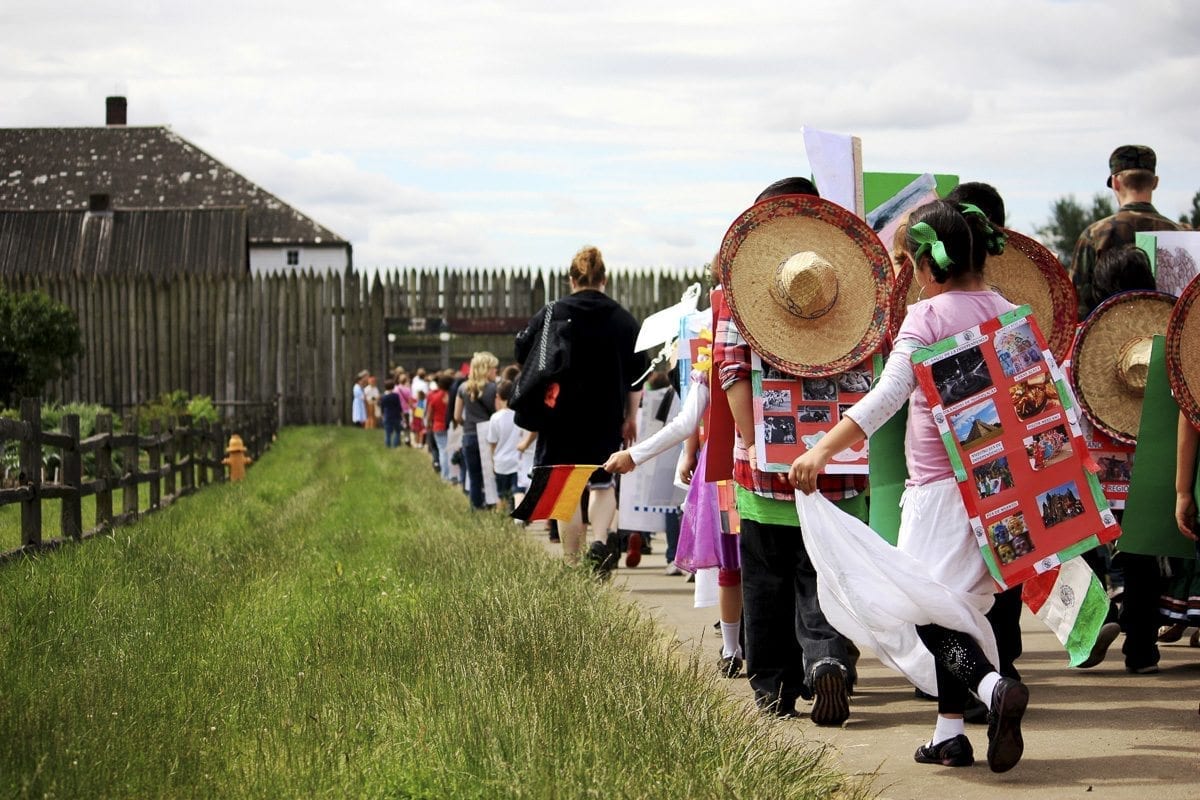Peer-reviewed analysis finds spending by visitors near historic site supported 1,010 jobs in the local area
VANCOUVER — Tourism at the Fort Vancouver National Historic Site supported 1,010 jobs and led to the spending of $61.8 million in the local area for a cumulative benefit to the local economy of $90.2 million, according to a new National Park Service report.

“Fort Vancouver National Historic Site welcomes visitors from across the country and around the world,” said Superintendent Tracy Fortmann. “We are delighted to share the story of this place and the experiences it provides. We also feature the park as a way to introduce our visitors to this part of the country and all that it offers. National park tourism is a significant driver in the national economy, returning $10 for every $1 invested in the National Park Service, and it’s a big factor in our local economy as well. We appreciate the partnership and support of our neighbors and are glad to be able to give back by helping to sustain local communities.”
A peer-reviewed analysis of visitor spending was conducted by economists Lynne Koontz, of the National Park Service, and Catherine Cullinane Thomas, of the U.S. Geological Survey. Their report found that tourism generated $18.2 billion of direct spending by more than 330 million visitors in communities within 60 miles of national parks and historic sites in 2017. Nationally, the spending supported 306,000 jobs, with 255,900 of those jobs found in gateway communities.
According to the report, the cumulative benefit to the U.S. economy was $35.8 nillion.
“The lodging sector received the highest direct contributions with $5.5 billion in economic output to local gateway economies and 49,000 jobs,” according to a press release announcing the report. “The restaurants sector received the next greatest direct contributions with $3.7 billion in economic output to local gateway economies and 60,500 jobs.”
According to the 2017 report, most park visitor spending was for lodging and camping (32.9 percent) followed by food and beverages (27.5 percent), gas and oil (12.1 percent), souvenirs and other expenses (10.1 percent), admissions and fees (10 percent) and local transportation (7.5 percent).
Fortmann said Fort Vancouver is proud of its role in bringing visitors to Clark County.
“This national park has been part of the Southwest Washington community since 1948, and is part of the fabric of the Pacific Northwest,” she said. “It is an honor and a privilege for us to help our visitors learn about and reflect upon the history of this place, and we will continue this work in perpetuity.”
An interactive tool providing a closer look at the data and the full report is available at the National Park Service Social Science Program website at www.nps.gov/subjects/socialscience/vse.htm
To learn more about national parks in Washington, visit www.nps.gov/washington.
To learn more about accomplishments in the year 2017 at Fort Vancouver National Historic Site, download the park’s Superintendent’s Annual Report at https://www.nps.gov/fova/learn/news/annualreport.htm.




